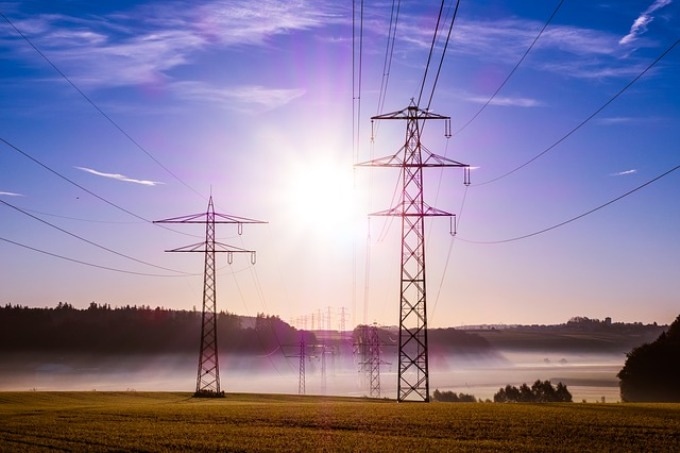Feb 1 2019
University of Waterloo researchers have designed a new distribution system to decrease electricity prices by more than 5% while simultaneously optimizing service reliability.
 (Image credit: University of Waterloo)
(Image credit: University of Waterloo)
The design involves the incorporation of the two types of electric current that power industries, electric vehicles, and homes—alternating current (AC) and direct current (DC).
Scientists found efficiencies by developing a system that offers both types of current to customers rather than the AC-only distribution systems currently in use all over the world.
Their method reduces conversions from one type of current to the other and makes it stress-free to incorporate forthcoming green technologies.
Minimizing power conversion requirements creates a simpler system with greater efficiency and less loss. As you reduce the number of converters, you also reduce the chances of service interruptions due to breakdowns.
Haytham Ahmed, Postdoctoral Fellow and Study Lead Author, University of Waterloo.
Current power networks convey AC due to the utilization of power transformers to boost voltage for improved long-distance transmission efficiency and to decrease voltage for distribution purposes.
Consequently, the distribution systems that then deliver electricity from local substations to customers also convey AC.
That means electronic gadgets such as televisions, computers, and smartphones, which all consume DC power, must incorporate AC-DC converters.
It also indicates that converters are necessary to charge DC-powered electric vehicles and supply electricity into the grid from green generation sources, including fuel cells and solar panels, which generate DC.
The new AC-DC hybrid system, the result of advanced computer modeling and optimization, adds AC-DC converters at strategic areas in the distribution system itself, rather than only at endpoints where customers receive it.
A comparison of the AC-DC hybrid distribution system with an AC-only system projected savings of over 5% because of lower infrastructure costs and less energy loss.
If electronic gadgets and electric vehicles no longer required converters, they would also be economical to manufacture and consume less electricity.
When you feel heat coming off the charger for your laptop, that is lost energy. We can eliminate those losses so we consume less power.
Haytham Ahmed, Postdoctoral Fellow and Study Lead Author, University of Waterloo.
It is anticipated that the AC-DC hybrid distribution system will have the maximum potential for adoption in new commercial and residential areas, or when present-day systems are being expanded with more substations.
Ahmed partnered with Magdy Salama, a professor of electrical and computer engineering, and Ayman Eltantawy, a former postdoctoral fellow at Waterloo.
The latest in a series of papers on their study, “A reliability-based stochastic planning framework for AC-DC hybrid smart distribution systems,” can be found in the International Journal of Electrical Power and Energy Systems.